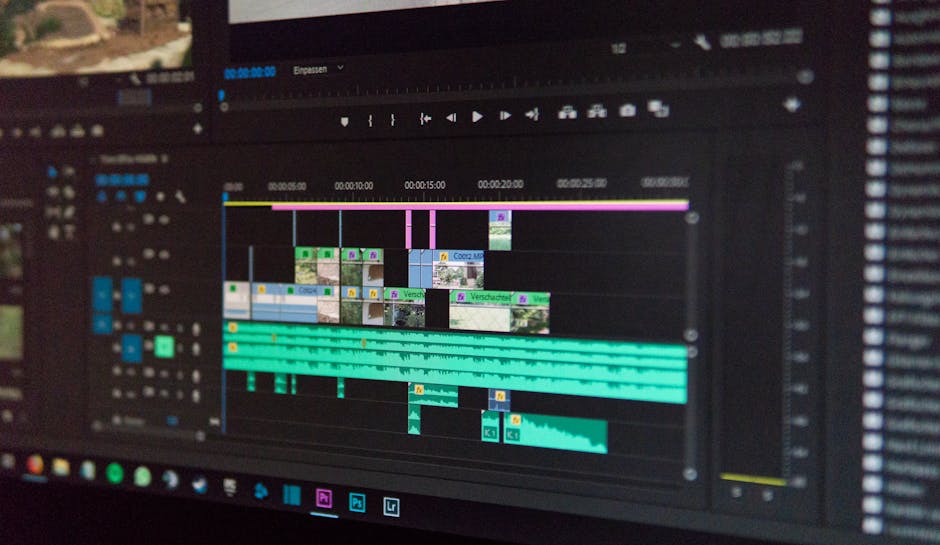It’s a story we all know too well. You’re in the middle of a crucial work call, streaming a nail-biting match, or just sending a message, and suddenly… nothing. The Wi-Fi icon displays an exclamation mark. You’ve been cast into the digital dark ages, left to wonder about the cause of the internet outage. Is it your router, your service provider, or something far bigger?
According to a revealing new study by Cloudflare, a company at the heart of the global internet, the answer is often “something far bigger.” Their latest report dives deep into the anatomy of recent internet outages, and the findings paint a picture of a digital world that is far more fragile and physical than we imagine. The culprits aren’t just technical glitches; they are a chaotic mix of accidental damage, natural disasters, and deliberate, human-made decisions.
1. Physical Cable Damage: From Shovels to Ship Anchors
Let’s get one thing straight: the internet isn’t some magical cloud. It’s a massive, tangible network of fibre optic cables running under our streets and across ocean floors. According to the Cloudflare study, the most common cause of internet outages remains brutally simple: physical damage to this infrastructure.
Think about urban construction – a new metro line being dug or a road being widened. All it takes is one careless backhoe operator to slice through a critical fibre bundle, and an entire neighbourhood can be knocked offline.
The problem gets magnified on a global scale. The report highlights a surge in damage to submarine cables – the colossal arteries that carry over 95% of all international internet traffic. Recent incidents in the Red Sea, where ship anchors are suspected of severing multiple cables, underscore this vulnerability. A single accident in a busy shipping lane can disrupt connectivity for entire continents, slowing down everything from international calls to global websites.
2. Natural Disasters: When Climate Change Knocks a Region Offline
Moving from accidental damage to acts of God, the Cloudflare study draws a stark correlation between extreme weather events and internet downtime. As climate change intensifies, so does its impact on our digital lifelines.
The report documents numerous instances where natural disasters were the root cause of major outages.
* Devastating floods can submerge data centres and telephone exchanges.
* Powerful cyclones can topple cell towers and snap overhead cables like twigs.
* Landslides in hilly regions can sever the only fibre link connecting remote communities.
The internet’s physical hardware is simply not immune to the fury of nature, and the study suggests we need to brace for more climate-induced disruptions in the future.
3. Government-Imposed Shutdowns: The Human “Off Switch”
Perhaps the most troubling cause identified in the report is entirely human-made: the deliberate, government-ordered internet shutdown. Cloudflare’s data shows a consistent pattern of authorities restricting or completely cutting off internet access, often citing public order or the need to curb misinformation during sensitive events.
These shutdowns have a profound impact, crippling local economies, disrupting education, and cutting off people from vital communication and emergency services. While the study doesn’t take a political stance, its data makes one thing clear: in the modern world, flicking the internet’s ‘off switch’ is a powerful and increasingly common tool, contributing significantly to the global tally of internet outages.
Conclusion: Our Fragile Digital World
So, the next time your connection drops, pause before restarting your router. The cause might not be in your home but hundreds of miles away – an anchor dragging on the seabed, a monsoon raging in another state, or a government decree. The Cloudflare report is a sobering reminder that our seamless digital existence is built on a very real, very vulnerable physical foundation.




